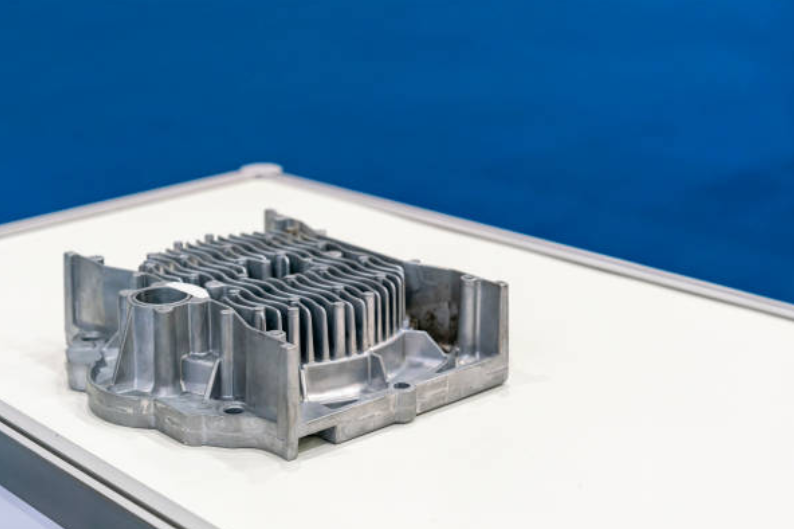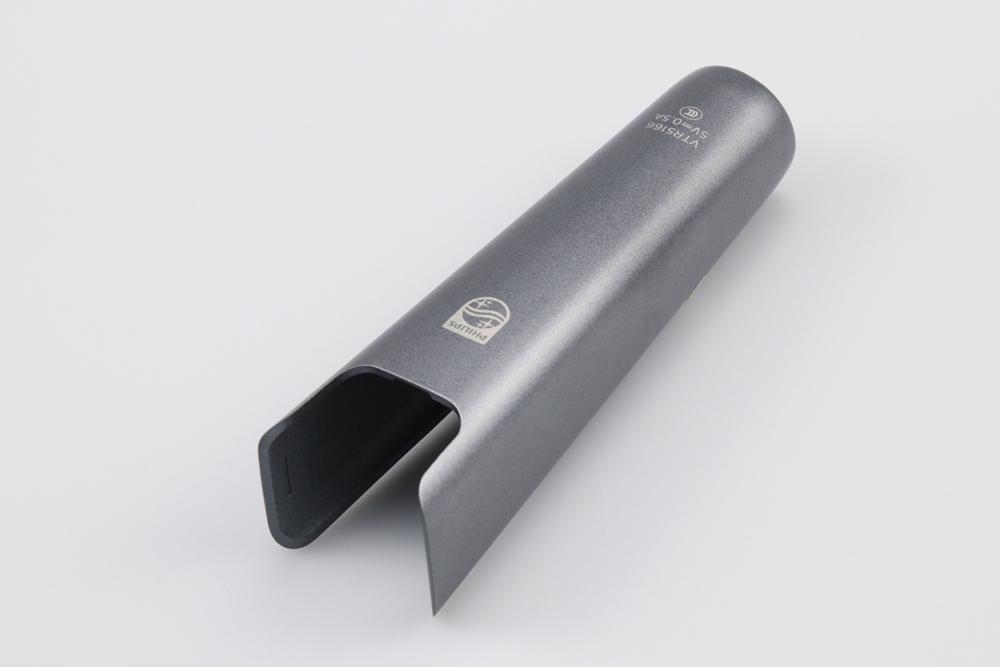What parameters must be controlled to ensure accurate optical signal detection?
In optical detection components manufactured through aluminum die casting, precision lies in controlling geometric tolerances, material purity, and surface stability. Accurate optical signal detection depends heavily on controlled reflection, minimal scattering, and consistent refractive paths. This requires careful attention to casting parameters, secondary machining, and post-processing of sensitive optical surfaces. For housings, frames, and optical mounts, stable dimensional accuracy within ±0.02 mm and smooth surface finishes are essential to maintain sensor alignment and consistent signal paths.
Design and Tolerance Control
Geometry must be optimized for precise optical alignment. During tooling design, draft angles, rib structures, and wall thickness must support structural rigidity while preventing deformation after ejection. For critical optical mounts, post-casting CNC machining ensures flatness, angular alignment, and accurate positioning of lenses or detectors. Finite element simulations and prototyping through 3D printing prototyping help validate stiffness and tolerance stack-up before tooling investment. For demanding optical detection in medical device or consumer electronics industries, maintaining geometric repeatability across batches is essential for consistent signal readings.
Material Selection for Optical Performance
Aluminum alloys must offer low internal porosity and stable microstructure to avoid micro-distortions. Alloys such as A356 and A380 provide excellent castability while maintaining thermal stability for heat dissipation around photosensors. Higher-grade solutions may incorporate precision cast stainless steel or copper alloy for EMI shielding. Hybrid designs combining metal frames with transparent polymers via overmolding or insert molding offer strength plus optical functionality using materials like polycarbonate (PC) and PEEK.
Surface Treatment and Signal Clarity
Surface finishing significantly influences optical accuracy. Polished surfaces reduce scattering and improve consistency, especially when paired with precision polishing or fine sandblasting for matte effects that limit stray reflections. PVD coatings and electroplating stabilize reflective properties for optical sensor housings, while controlled painting ensures consistent light shielding and prevents signal interference. For demanding optical path applications, thermal barrier coating can protect sensitive components from heat-induced distortion during operation.
Thermal and Environmental Stability
Temperature fluctuations and ambient noise are major threats to optical signal accuracy. Materials must exhibit stable thermal expansion, especially for devices in telecommunication or energy sectors that operate continuously. Nickel-based alloy or MIM 17-4 PH maintains dimensional stability under elevated temperature or dynamic load. Heat dissipation features can be incorporated using sheet metal fabrication or precision-cast copper inserts.
Validation of Optical Performance
Accurate signal detection must be validated through optical path simulation and prototype testing. CMM inspection, surface roughness measurement, and alignment checks ensure dimensional fidelity. Optical tests include transmitted signal intensity, reflection coefficient mapping, and lens-sensor alignment tolerance validation. Prototyping via prototyping enables early testing, reducing the risk of alignment deviation during mass production.



